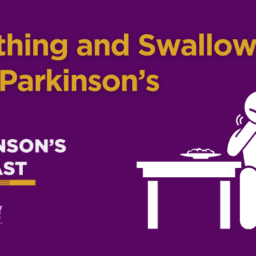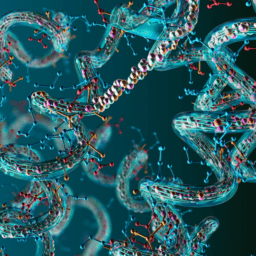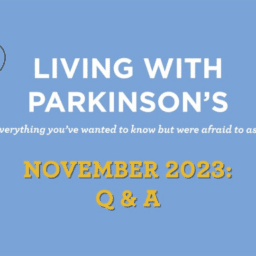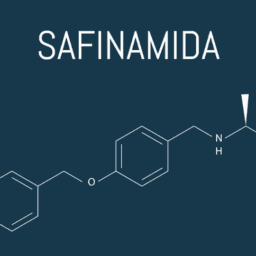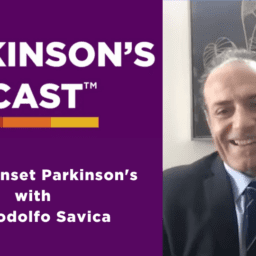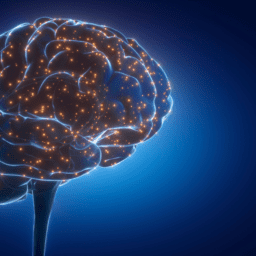The benefits of exercise for people with Parkinson’s are well-established. But exercise doesn’t just help relieve joint pain or reduce bradykinesia; it can also help with depression, anxiety, mood, and stress. How does it do all of that? Endorphins.
What are endorphins, and what is their connection to dopamine?
The word “endorphin” comes from “endogenous” (produced by your body) and “morphine” (pain relief). That etymology essentially explains their role: endorphins are hormones released in your brain in response to certain stimuli, and they help improve mood, relieve pain, and reduce stress. Endorphin release can be stimulated when you are under stress or when your body is in pain to balance the negative signals your body is sending your brain. They can also be released during enjoyable activities and help promote well-being and pleasure. Altogether, endorphins work to keep you happy and pain-free.
How can endorphins help with motor symptoms?
A 2018 study found that people with Parkinson’s who exercise regularly get bigger endorphin and dopamine boosts than their non-exercising counterparts. The researchers also found that exercising regularly is linked to greater activation of reward systems in the brain, less bradykinesia, and less apathy compared to people with Parkinson’s who are sedentary. Another 2020 study found that after hiking a high-altitude trail in New Mexico, people with Parkinson’s had improvements in tremors, posture, stiffness, breathing, and overall well-being due to the endorphins released by exercising. Thus, exercise doesn’t just make you stronger, fitter, and more active; the endorphins released from exercising improve many of the most common motor symptoms people with Parkinson’s face.
What about non-motor symptoms?
Because endorphins block pain receptors and help stimulate dopamine release, exercise can also help boost your mood. For example, exercise has been shown to help with depression, anxiety, apathy, and many other non-motor symptoms. When you move your body, the endorphins and dopamine released can promote a rewarding, euphoric feeling that encourages you to repeat the behavior. Exercise can even help ward off loneliness: engaging in group fitness activities adds a social component, which also releases endorphins.
How can I encourage endorphin release?
One of the best ways to boost your endorphins is through exercise. Whether that means going for a walk with a friend, heading to a Rock Steady Boxing class with your Parkinson’s support group, or getting on a tandem bike with your care partner, there are endless ways to get active and improve your mood and your mobility. But exercise isn’t the only option. On your days off, you can continue to encourage endorphin release by doing what you love: painting, spending time with friends, yoga, reading, getting a massage or acupuncture, stretching, and even eating certain foods that can help stimulate your endorphins. Living well with Parkinson’s means finding balance and joy in your life. Seeking the activities that give you the happy rush of endorphins is an essential (and hopefully fun) aspect of that journey.
Want to learn more?
Be sure to join us for The Victory Summit Virtual Event: Exercise and Living Well with Parkinson’s this Friday, November 4. We’ll be talking to some of the most sought-after experts in the field about what kind of exercise/movement to do, how much to do, when to do it, and how to know when enough is enough. We’ll also address topics such as neuroplasticity, intensity, the value and differences between cardio and strength training, and more. It’s going to be a day of information, connection, inspiration, and movement! Register for free here.
You can also check out our post on how exercise can ease anxiety or read more about the benefits of sunlight on serotonin, endorphins, and dopamine. You can also listen to an interview with Dr. Yasar Torres-Yaghi, MD, about managing motor symptoms during OFF times, including his input on the importance of endorphins.



